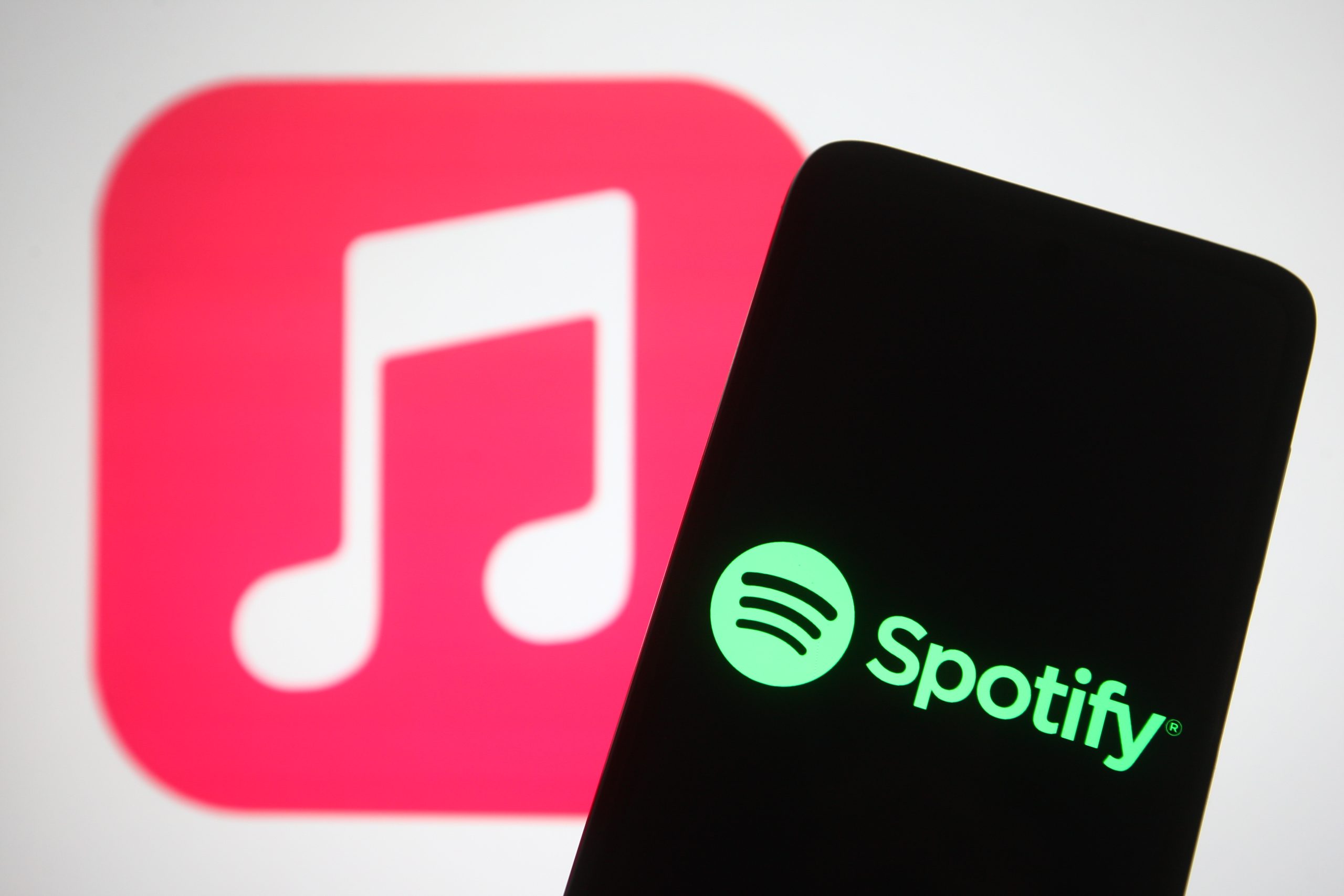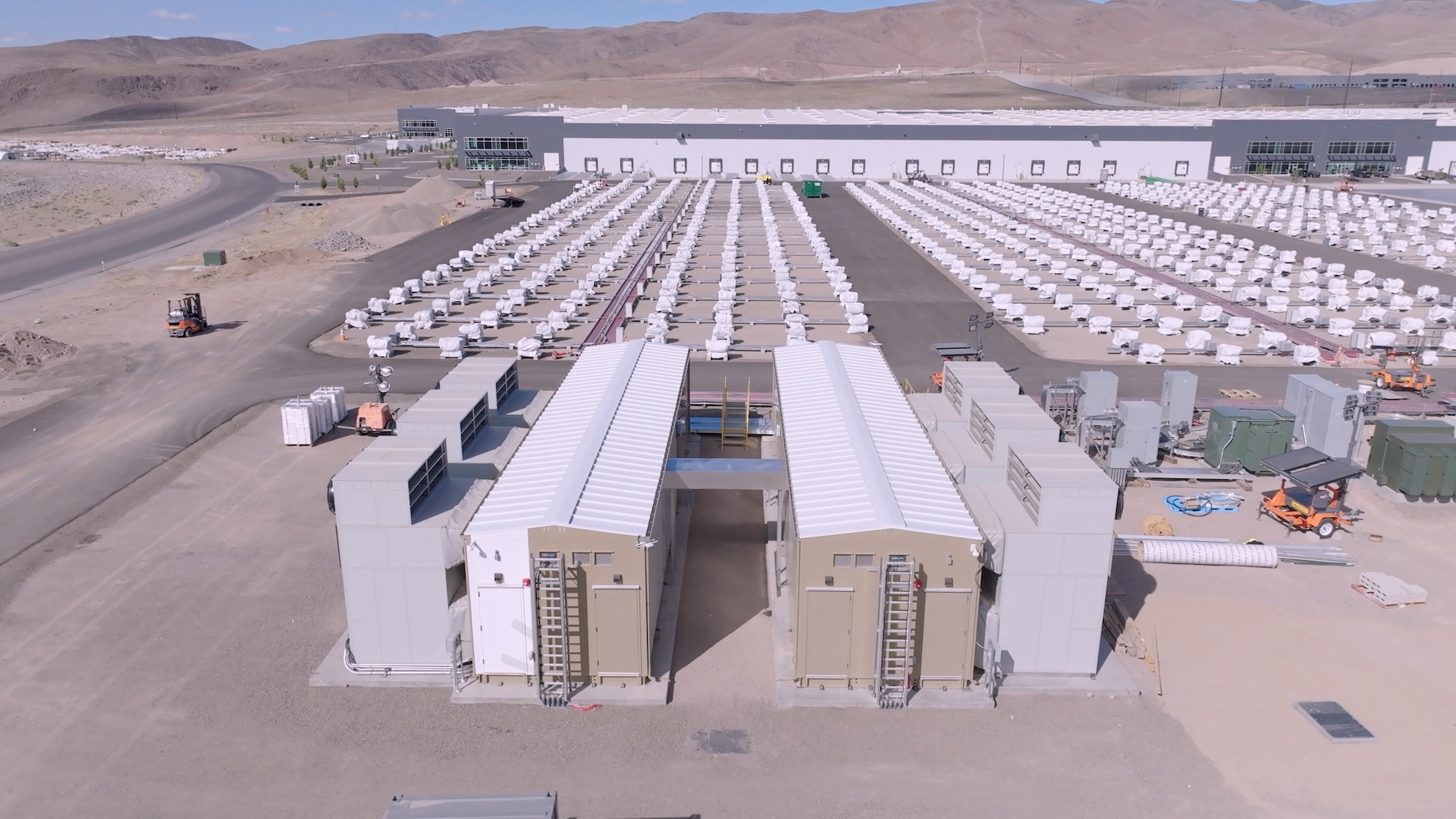
A prominent artificial intelligence research and deployment company, OpenAI, has formally petitioned the U.S. government to broaden a critical tax credit from the CHIPS and Science Act, extending its scope beyond semiconductor manufacturing to encompass the foundational infrastructure necessary for advanced AI development. This request, articulated in a detailed letter to the White House, signals a significant push by a leading AI entity for federal assistance in building out the massive computational backbone required for its ambitious growth projections, sparking a broader discussion about the role of government in shaping the future of the AI industry.
The Genesis of the Request: AI’s Enormous Appetite
The crux of OpenAI’s appeal centers on the Advanced Manufacturing Investment Credit (AMIC), a 35% tax credit originally conceived as a cornerstone of the Biden administration’s CHIPS Act. Enacted in 2022, the CHIPS and Science Act aimed primarily to revitalize domestic semiconductor production, a strategic imperative driven by supply chain vulnerabilities exposed during the COVID-19 pandemic and escalating geopolitical tensions. The legislation allocated substantial federal funding and incentives to encourage the construction and expansion of semiconductor fabrication plants, or "fabs," within the United States, thereby reducing reliance on overseas manufacturing hubs, particularly in East Asia. The AMIC was designed to incentivize private sector investment in these high-cost, capital-intensive facilities.
OpenAI’s chief global affairs officer, Chris Lehane, addressed the letter to Michael Kratsios, then the White House’s director of science and technology policy, arguing for a significant reinterpretation and expansion of this credit. The company’s proposal suggests that the AMIC should not be limited solely to chip fabrication but should be extended to cover a wider array of essential components: electrical grid infrastructure, sophisticated AI servers, and the sprawling data centers that house them. Lehane contended that such an expansion would "lower the effective cost of capital, de-risk early investment, and unlock private capital to help alleviate bottlenecks and accelerate the AI build in the US." This perspective reframes AI data centers and related electrical infrastructure as integral parts of advanced manufacturing, critical for national technological leadership, much like semiconductor fabs themselves.
Beyond Tax Credits: A Holistic Infrastructure Vision
The company’s request was not confined merely to financial incentives. OpenAI also urged the government to streamline and accelerate the often-protracted permitting and environmental review processes for these large-scale infrastructure projects. Building data centers and associated power infrastructure involves complex regulatory hurdles, and delays can significantly impact project timelines and costs. Furthermore, the letter called for the establishment of a strategic reserve of crucial raw materials — including copper, aluminum, and processed rare earth minerals — all vital components in the construction of AI servers and the extensive electrical grids they demand. This multi-pronged approach underscores OpenAI’s recognition that the challenges to scaling AI infrastructure are not solely financial but also logistical and resource-dependent.
The letter, initially published by OpenAI in late October, garnered limited immediate attention. However, its implications resonated much more broadly when subsequent public statements from OpenAI executives brought the company’s aspirations for federal support into sharper focus, sparking considerable debate within technology circles and policy spheres.
The Trillion-Dollar Commitment and its Implications
The scale of OpenAI’s ambition is immense. CEO Sam Altman revealed in a public forum that the company projects an annualized revenue run rate exceeding $20 billion by the close of 2025, with an eye toward reaching "hundreds of billions by 2030." More strikingly, Altman disclosed that OpenAI has already committed approximately $1.4 trillion in capital expenditures over the next eight years to build out its necessary infrastructure. This staggering figure highlights the unprecedented investment required to power the next generation of AI models, which demand exponentially increasing computational resources.
To contextualize, $1.4 trillion represents an investment magnitude comparable to the annual GDP of a medium-sized country. Such an outlay would fund the construction of countless hyperscale data centers, each consuming vast amounts of electricity and requiring thousands of specialized graphics processing units (GPUs), the workhorses of modern AI. The energy demands alone are projected to be astronomical, raising questions about sustainability, grid stability, and the transition to renewable energy sources to power these digital behemoths. The reliance on advanced chips, predominantly supplied by companies like Nvidia, also underscores the delicate ecosystem of the AI supply chain, where bottlenecks in one area can ripple across the entire industry.
Historical Precedents and the "Picking Winners" Debate
The idea of government intervention to foster critical industries is not new in U.S. history. From the transcontinental railroad to the space race, and from the development of the internet by DARPA to early government support for the nascent semiconductor industry, federal backing has often played a pivotal role in incubating and scaling technologies deemed vital for national interest or economic prosperity. Proponents of OpenAI’s request might argue that AI represents a similar inflection point, a technology with profound economic, social, and national security implications that warrants strategic governmental support. Accelerating AI development in the U.S. could ensure American leadership in a rapidly evolving global technology race, create high-paying jobs, and spur innovation across various sectors.
However, such requests invariably ignite a debate about "corporate welfare" and the government’s role in "picking winners and losers" in the private sector. Critics often contend that tax credits and subsidies distort market dynamics, favoring well-connected companies over smaller, innovative startups that may lack the resources or political leverage to secure similar benefits. The optics of a highly valued private company, with significant investment from tech giants like Microsoft, seeking public funds can be contentious.
These concerns were amplified by a brief public relations kerfuffle following the initial disclosure of OpenAI’s letter. Sarah Friar, OpenAI’s CFO, at one point suggested the government should "backstop" OpenAI’s infrastructure loans. She later clarified her remarks on LinkedIn, stating that she "misspoke" and that "OpenAI is not seeking a government backstop for our infrastructure commitments." Similarly, CEO Sam Altman weighed in, asserting that OpenAI does not "have or want government guarantees for OpenAI datacenters." He further elaborated, "We believe that governments should not pick winners or losers, and that taxpayers should not bail out companies that make bad business decisions or otherwise lose in the market."
This clarification, while attempting to distance the company from direct bailouts, still left room for the nuances of indirect support, such as the tax credit expansion and regulatory easing that the original letter explicitly requested. Altman acknowledged discussing loan guarantees "as part of supporting the buildout of semiconductor fabs in the US," subtly linking OpenAI’s desired support to the precedent set by the CHIPS Act. The distinction between a direct "backstop" and an indirect "tax credit" can be fine in the public eye, but it is a critical one in policy discussions.
Market, Social, and Cultural Ripples
The implications of OpenAI’s request, if granted, would extend far beyond the company itself. On a market level, expanding the AMIC could intensify the "AI race" among major tech players, potentially accelerating investment across the board but also raising barriers to entry for smaller competitors if only a few large players can leverage such credits effectively. It would also have significant impacts on the energy sector, real estate markets for data center sites, and the global supply chains for critical minerals. Utility companies would face unprecedented demand, potentially necessitating massive upgrades to existing grids and a faster transition to sustainable energy sources to mitigate environmental impact.
Socially and culturally, the rapid acceleration of AI development, fueled by such infrastructure, could bring both immense benefits and profound challenges. Advanced AI promises breakthroughs in medicine, scientific research, and economic productivity. However, it also raises complex ethical questions regarding job displacement, algorithmic bias, privacy, and the concentration of power in the hands of a few AI developers. The energy footprint of AI, if not managed sustainably, could exacerbate climate concerns, making the call for strategic raw material reserves and efficient grid components even more critical.
The Path Forward: A Policy Conundrum
OpenAI’s formal request to the Trump administration (as the letter was addressed to Kratsios in a prior administration context but its implications remain relevant to any sitting government) represents a pivotal moment in the ongoing dialogue between the burgeoning AI industry and federal policymakers. The government faces a complex balancing act: how to foster innovation and maintain U.S. technological leadership in a domain as transformative as AI, while simultaneously ensuring fair competition, responsible fiscal management, and addressing the societal and environmental ramifications of this rapid technological ascent.
Whether AI data centers and related infrastructure will ultimately be classified as "advanced manufacturing" deserving of the same federal incentives as semiconductor fabs remains a critical question for legislative interpretation and policy debate. The outcome will likely shape not only OpenAI’s trajectory but also the broader landscape of AI development in the United States for decades to come, setting a precedent for how the nation chooses to invest in its digital future.





